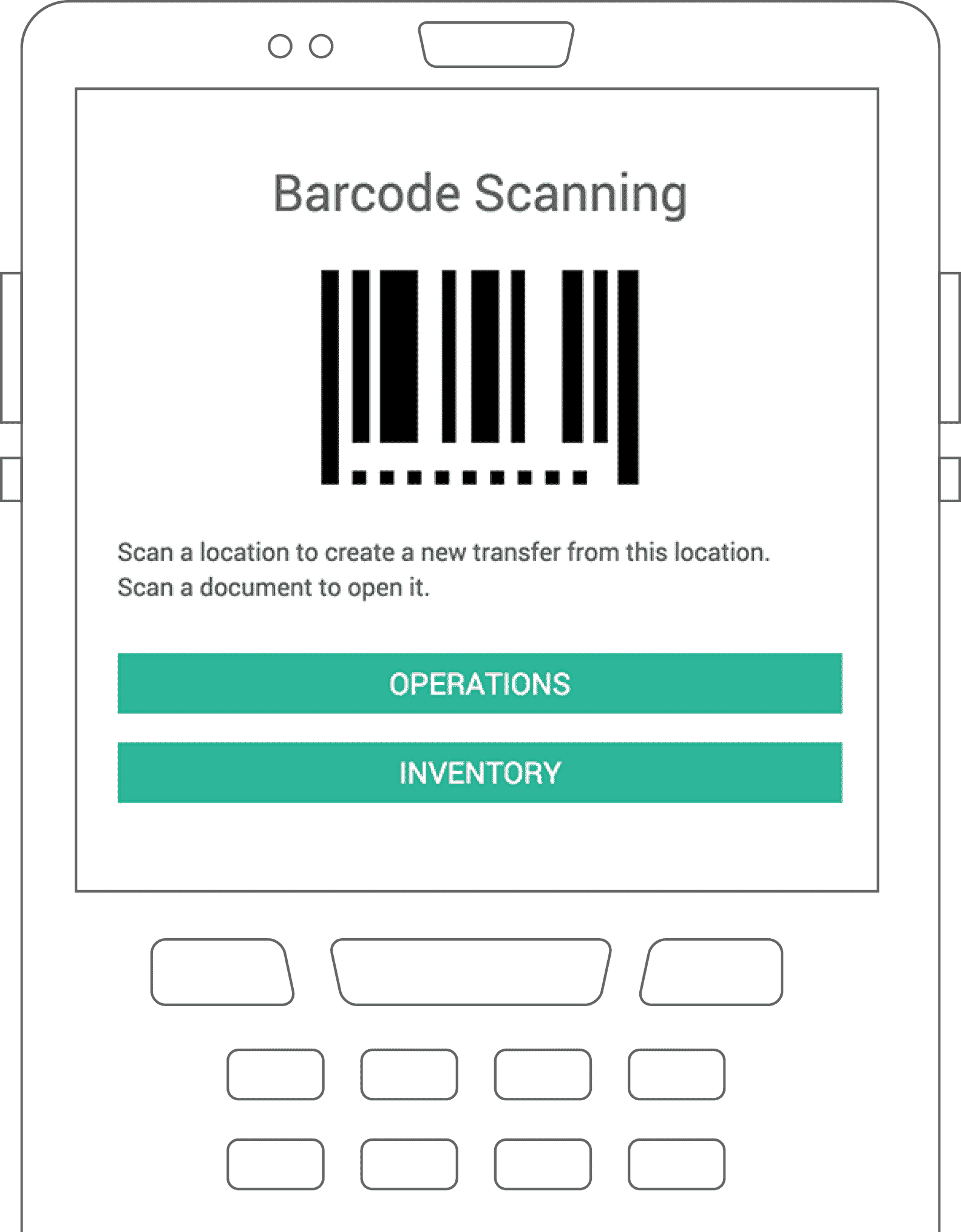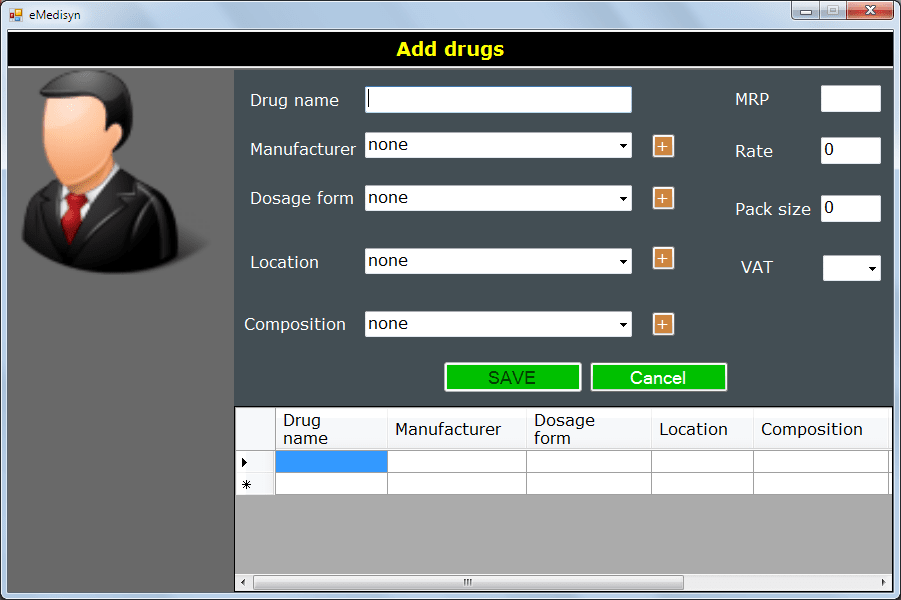Descargar Software Mrp Ii
Posted By admin On 26.09.19Manufacturing resource planning software, sometimes called material requirements planning or as MRP II software, is the core technology that sets manufacturing applications apart from other types of business software. This added functionality also adds complexity, both in implementation and in operation. We wrote this buyer’s guide to help buyers navigate the maze of top MRP solutions. Here’s what we’ll cover: What Is Manufacturing Resource Planning Software? “If you fail to plan, then plan to fail” is equally true in sports and manufacturing.
Manufacturing MRP software was the first attempt to bring software tools, such as a materials forecast, to formal manufacturing techniques. These systems answer the four basic questions: What do I make? What do I buy? When do I buy? When do I make?
MRP II Software Suppliers. Service Company*, Manufacturer Manufacturer and installer of software including MRP II and tool MRO inventory software.
Mrp Ii System Example
MRP is a subset of. It covers the period of time from when a product is conceived, the raw materials are identified and procured, resources are identified, to when production steps are planned.
At that point, manufacturing execution systems (MES) take over. ERP combines the tools of an MRP system and an MES system, and extends both. Whereas MRP and MES focus on planning for individual jobs, ERP is concerned with a manufacturer's entire chain from buying raw materials to delivery of finished goods to the customer, over the course of time. In other words, MRP software focuses on increasing efficiencies for the course of a job and ERP takes a wider and longer view, over all jobs from end to end.

Basic functions include:. Inventory control and procurement. Production forecasting. Materials costing.
Procurement scheduling. Process scheduling applications Materials costing is usually the core function. It determines what is made versus what is bought.
Materials costing works with the inventory system to check quantities on hand and lead times for parts that must be ordered as well as production logs to determine lead times for any sub-assemblies that must be fabricated. Manufacturing dashboard in Fishbowl MRP suites may also include a module for, typically used by sales teams to provide quick and accurate custom quotes for built-to-order operations. Manufacturing resource planning systems are adaptable to many different philosophies but favor the lean manufacturing and just-in-time (JIT) system. It can support all modes including, make to stock (MTS), assemble to stock (ATS), assemble to order (ATO), make to order (MTO) and.
However, planning and inventory control functions are generally more important to the “to order” modes due to the time constraints that these modes impose. MRP ERP systems are generally run on premise. Small shops may have only a single-user system or a small network, while larger organizations may have networks with workstations throughout the facility. Manufacturers have been slower to adopt cloud-based materials requirements planning programs but there is an emerging group of vendors offering a cloud program.
What Type of Buyer Are You? The first step in evaluating programs, is determining what type of buyer you are. Over 90 percent of buyers fall into one of these three groups: Full-suite buyer. These buyers value the seamless integration of data and processes that comes from having one system for all functions. For example, they would prefer a full-suite system for estimating, work-in-progress management and accounting that can automatically turn an estimate into a budget for project management and then match invoices to project status and allocate job costs.
Manufacturing Software Mrp
These buyers favor complete suites like Oracle, SAP, Sage ERP or Microsoft Dynamics. Departmental buyer. Specialists in one function, such as materials costing, may value the feature depth of best-of-breed solutions designed for their function. These buyers may need specific functionality, like the ability to interface with a specific departmental procurement system. Small manufacturer.
Small organizations often have limited budgets and fewer IT resources available. In many cases, they may be deciding between a new system and a new piece of equipment. These businesses need cost-effective small business MRP solutions that are easy to implement and use. Others may be interested in evaluating free MRP software, which is typically offered in an open source model.
Mrp Vs Mrp Ii
Some will prefer full-suite systems, while others may just want one application, such as resource planning or production inventory control. Benefits and Potential Issues MRP systems, whether stand-alone or incorporated in an ERP system, offer distinct benefits over less formal production planning systems. These include: Better planning and resource allocation. One of the greatest strengths of ERP MRP systems is better data and greater insight into the actual costs of inventory, people and equipment, and the actual time costs for each step of the planning and production process. Greener operations.
Outlook express for windows 7. Better planning and tracking leads to operations that generate less waste and less scrap, reducing environmental impact for those firms. Additionally, as more documentation is kept electronically, it reduces waste paper and cuts paper costs. Integration with accounting systems.
The basic purpose of an MRP ERP system is to decide what to buy and when. Integration with the general inventory makes it easier to track the inventory costs as well as determining lead times. The accounts receivables system handles ordering and payment. Material requirements planning as a discipline, and the software in general, does have some limitations which can cause problems if not addressed.
Planning is based on what should be possible; it ignores current limitations. The inventory and resource planning are based on the assumption that everything is idle. Care must be taken not to over-allocate resources. Inventory levels are another area of concern. Inventory items tend to two extremes. Either too much is carried in inventory, tying up valuable capital and credit, or too little is carried in inventory, requiring stock to be acquired and delaying production. These systems are supposed to solve this particular problem, but if the model does not adapt to changes in the inventory supply chain, inventory levels on key items will tend to one of the two extremes.
There are also problems that develop over time. The bills of materials, work orders and schedules are based on the assumptions made when the program is first installed. If assumptions are not updated to reflect changes over time as costs fluctuate and productivity changes, the estimates from the MRP will increasingly diverge from the actual costs. There is also a scope issue. MRP planning is based around particular jobs. While it can increase the efficiency for those jobs, it is possible that over the course of many jobs, the costs will add up. For example, if three jobs are costed that each use four pounds of salt, the system will miss the discount available if 12 pounds of salt are purchased all at once.
Among other things, ERP systems expand the scope to solve this issue. Market Trends to Understand While you evaluate programs, make sure you consider these market trends: Advanced planning techniques. As the cost of computing power and storage decreases, more powerful planning models are available which yield better results.
For many years, the goal for MRP and ERP was a single corporate-wide data store. However, that thinking is now evolving to strategically selected systems for specific purposes, sharing information as required. Use of mobile devices. Until recently, most system designers assumed that the users would be working from a fixed location. Any information had to be entered, remembered or written down and brought to the computer.

The new trend is have to mobile systems in the warehouse or shop floor. Operators enter pertinent information directly into mobile systems without having to go to a permanent workstation. Vendor consolidation. Large vendors like Oracle and Microsoft are buying niche vendors to round out manufacturing application libraries. With so many vendors and products available, this trend will continue for the foreseeable future.
Intelligent inventory tagging. The use of one-dimensional bar coding for equipment and inventory tagging is well established in systems for manufacturers. Recent systems use radio frequency identification (RFID), which can be read remotely to check inventory levels and to confirm equipment availability. Other systems use two-dimensional bar codes which contain descriptive information in addition to an identifier like a part number. Functional integration with ERP. While there are still numerous stand-alone systems, generally the functions are part of a larger ERP system that is broader in scope than just a facility. The Vendor Landscape The scale of solutions varies greatly; different buyer types need to “right size” and compare the vendors that can meet their needs.

This type of buyer. Should evaluate these systems Enterprise resource planning suite buyer Microsoft Dynamics, Oracle, SAP, Sage Departmental buyer Microsoft Dynamics, Epicor, SYSPRO, Casco Small manufacturer E-Z-MRP, ECi, Exact, Fishbowl.